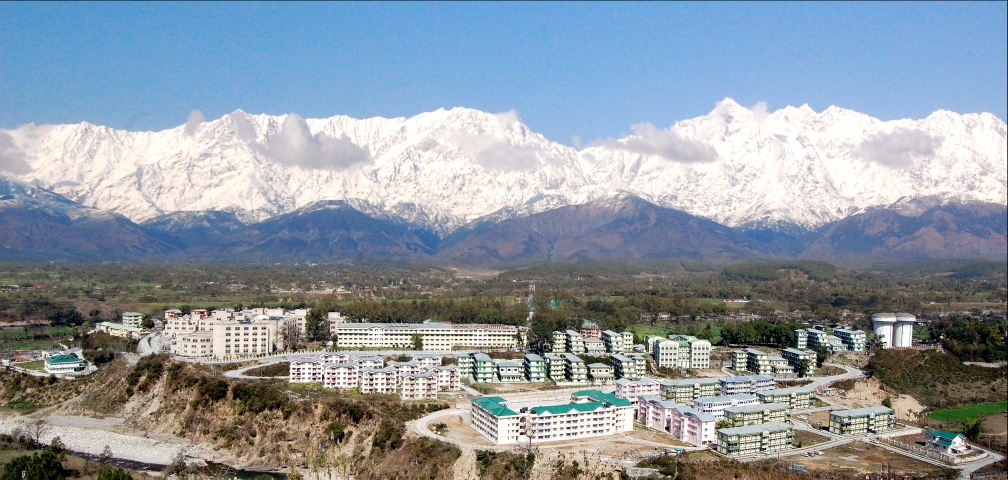Shimla: Himachal Pradesh’s forest department is engaged in a massive project to remove lantana, an exotic flowering shrub that threatens the state’s biodiversity, and re-greening the hills with fast-growing native flora, foresters said.
Lantana’s tentacles are threatening the natural regeneration of native species. It is estimated to be spread over 1,850 sq km of forests and wastelands, especially in the subtropical belt of Sirmaur, Una, Bilaspur, Hamirpur, Solan and Kangra districts. This is a little over three percent of the state’s geographical area of 55,673 sq km, a forester told.
The official said that the department aims to clear lantana from 50 sq km this fiscal (till March 31, 2014), before planting fast-growing native species like bamboo, khair and amla.
Lantana is not only posing a threat to the forests but also reduces the productivity of the land and adversely affects livelihoods, the official said.
He said funds for removing the weed and subsequent re-greening drives have been arranged under the Compensatory Afforestation Fund Management and Planning Authority of India (CAMPA) and the Green India Mission Fund of the Indian government.
“Even the locals are involved through the Mahatma Gandhi National Rural Employment Scheme and participatory forest management committees,” the official said.
The forst department is using the mechanical method and using tools like monkey jacks to physically remove the weed.
Besides lantana, parthenium, ageratum and eupatorium are other forest weeds. “Of these, lantana is the most prominent one in the state,” the official said.
Between 2009 and 2013, over 62 sq km of forest land was cleared of lantana, Forest Minister Thakur Singh Bharmouri informed the assembly earlier this month.
According to the Forest Survey of India report of 2011, out of the state’s geographical area of 55,673 sq km, 3,224 sq km is under very dense forests, 6,381 sq km under moderately dense forests and 5,074 sq km under open forests.
Due to massive afforestation drives by the department, the state has witnessed an increase in forest cover from 11,780 sq km in 1991 to 14,679 sq km in 2011 – an increase of 2,899 sq km forest cover in 20 years.
-Vishal Gulati (IANS)
The opinions, beliefs and viewpoints expressed by authors, news service providers on this page do not necessarily reflect the opinions, beliefs and viewpoints of Hill Post. Any views or opinions are not intended to malign any religion, ethnic group, club, organization, company, or individual.
Hill Post makes no representations as to the accuracy or completeness of any information on this site page.



